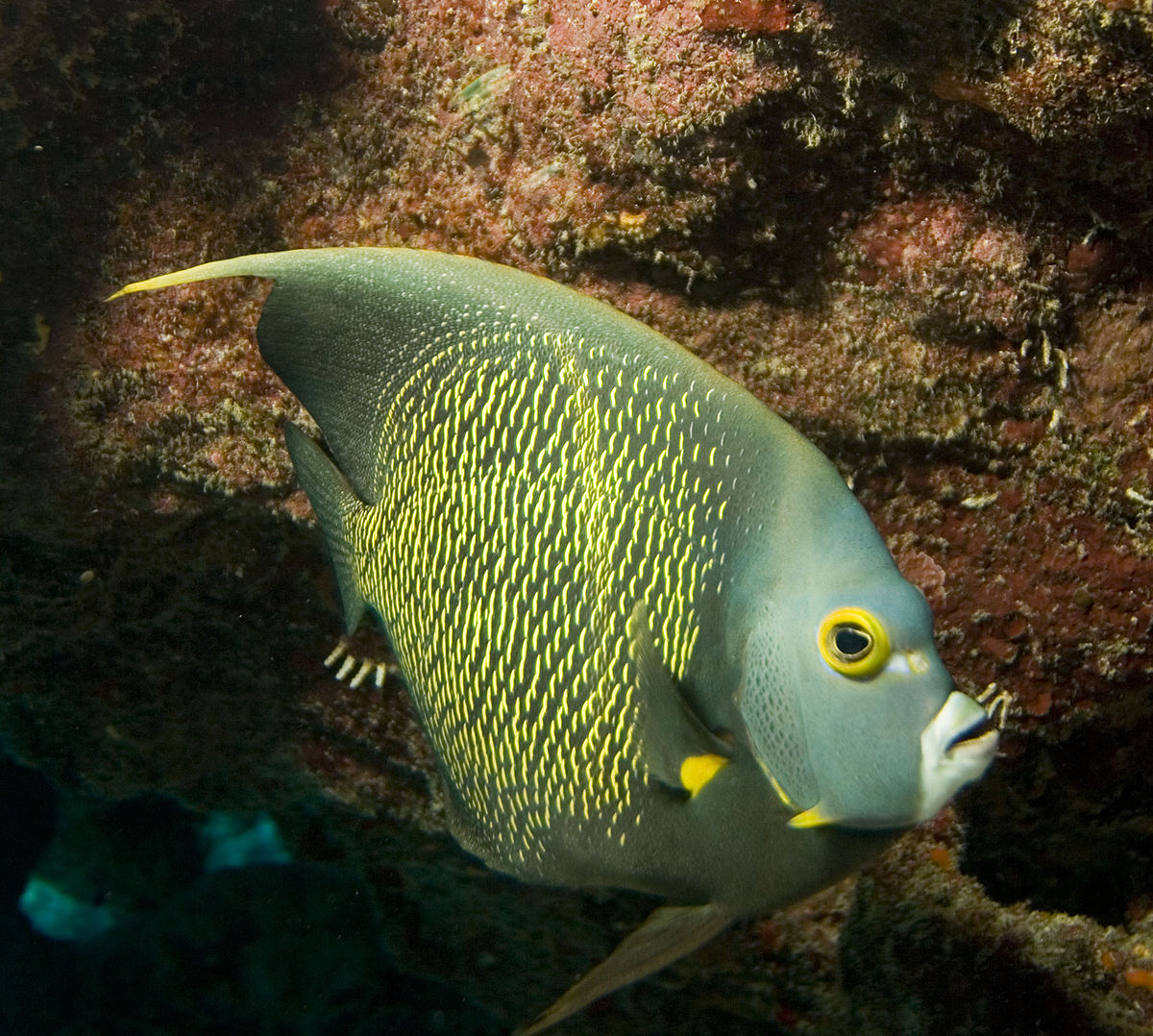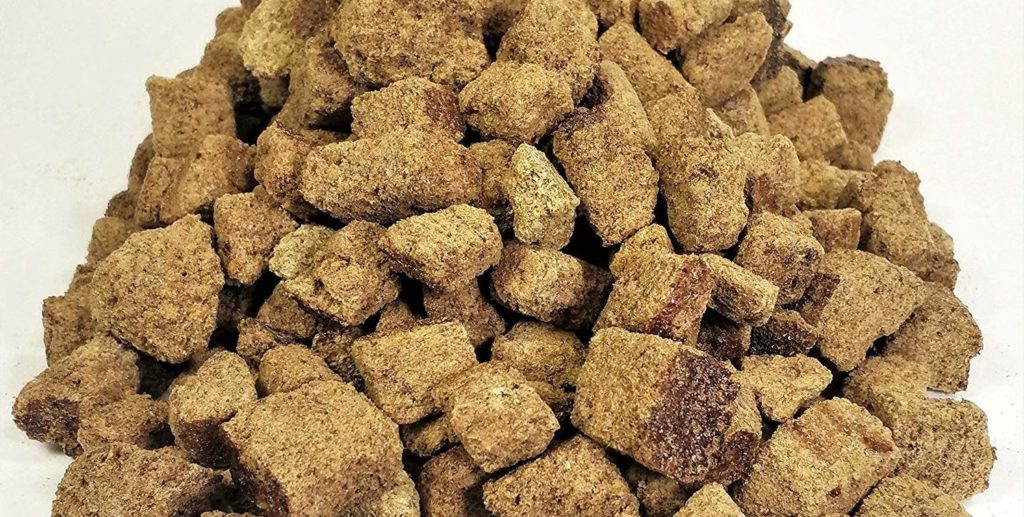The koi angelfish or Pterophyllum scalare in scientific terms is a freshwater fish native to the Amazon River basin and is very popular in aquariums.
Due to their graceful and colorful appearance, angelfish in general are one of the most popular among aquariums lovers. Let’s learn about the koi angelfish in particular.
Table Of Content
Main Characteristics
The koi angel fish have a slender body of about 15 centimeters in total length. Due to their peculiar appearance they are also called «The King of Fish». The shape of their dorsal and anal fins, in conjuntion with their body’s shape gives them an attractive triangle-look silhouette. Their color ranges from black, white, orange, yellow and mottled. We invite you to read our article the anatomy of fish to learn more about such a topic
Feeding Koi Angelfish
Koi angel fish are omnivores and eat a wide variety of foods either live or prepared special for freshwater tropical fish species. They have a special preference for blood worms and tubifex worms, but they will also accept flakes, granules and frozen foods and zooplacton.
You should feed them twice a day with portions they can digest in about 5 minutes. When housed in aquariums with many species of fish that swim faster, it may be necessary to increase feeding 3 times per day to ensure that the Koi eats properly.
Let’s watch
Determining Their Sex
In general, it’s very difficult to distinguish a female Angel koi from a male, since they look almost identical. A pregnant female will be thicker with a pronounced belly, and a male will usually be thinner and «taller», but even the most expert breeders are not sure of the sex of their fish until the eggs-laying.
Breeding Koi Angelfish
Koi Angelfish need to become 5 cm for being mature enough to spawn for the first time. If kept on the proper diet, this will happen when they are between 8 and 12 months The aquarium should be at least 40 cm high, since they are relatively “tall fish” and the water temperature should be between 27 and 29 degrees C in order to stimulate breeding.
The proper food is also necessary to get your koi Angelfish into spawning condition. Prepared foods especially made for koi Angelfish are an excellent option, and should be supplemented with meaty foods like Mosquito larvae, daphnia, beef heart, brine shrimp and large market shrimp.
When they are in proper condition, they will lay their eggs on any flat vertical surface like amazon swords, a piece of slate, aquarium glass or uplift tubes.
Several methods are used by koi angelfish breeders to protect eggs and fry from hungry adult fish. Some remove all fish except the breeding pair from the aquarium, while other breeders choose to remove the breeding pair, and transfer them to another tank.
The adult specimens pose a threat to the eggs, and many breeders place them in their own tank as soon as the eggs have been fertilized. The easiest way is to put a special spawning slate in the aquarium before the spawning occurs. The parent fish will deposit the egg on the spawning slate, which can be easily moved afterwards. Clay pot or poly pipes are excellent options for such purpose.
The fry’s aquariums must have suitable hiding places, such as heavily planted areas, and a not too powerful filtration, since small fry can be sucked into filter systems.
It’s quite recommended to let the koi angelfish spawn once or twice in their normal aquarium “on their own”, since if you move them to a breeding aquarium during their first spawning they might be confused and stop the spawning process. If the eggs are not fertilized, they will start turning white around 24 hours. If they have not been eaten by other inhabitants of the aquarium, unfertilized eggs will be attacked by fungus and start looking very hairy after around 35 hours.
On the other, after 48 hours of being deposited, fertilized eggs will begin showing wiggling fry tails. On the fourth day tiny eyes will be observed on the fry and on the fifth day the yolks will start shrinking. Very soon the first fry will be swimming. You can start feeding your koi angelfish around 7 days after the eggs were deposited.
Once the baby fish become free-swimming, you can start offering newly hatched brine shrimp or micro worms. Small, frequent servings are the best options for them, since this way food will remain in their stomachs for more hours When the frys are about 3 to 4 weeks old, you can supplement the brine shrimp with crushed fish flakes, and when they are about 4 to 6 weeks old, you can switch their diet to flakes and freeze-dried, frozen and pelleted foods.
Use Live Plants to Balance the Water
Adding live plants to the aquarium is an excellent idea when raising baby koi angel fish, since the live plants will help keep the water clear, and add oxygen to the water. Live plants also absorb waste in the water, which helps keep the ammonia level slow. Keeping live plants with your angelfish fry will help keep the water balanced, which will increase your survival rate and the overall health of the baby fish. Broadleaf aquatic plants and Amazon sword plants are excellent options for angelfish aquariums.
Let’s watch them



